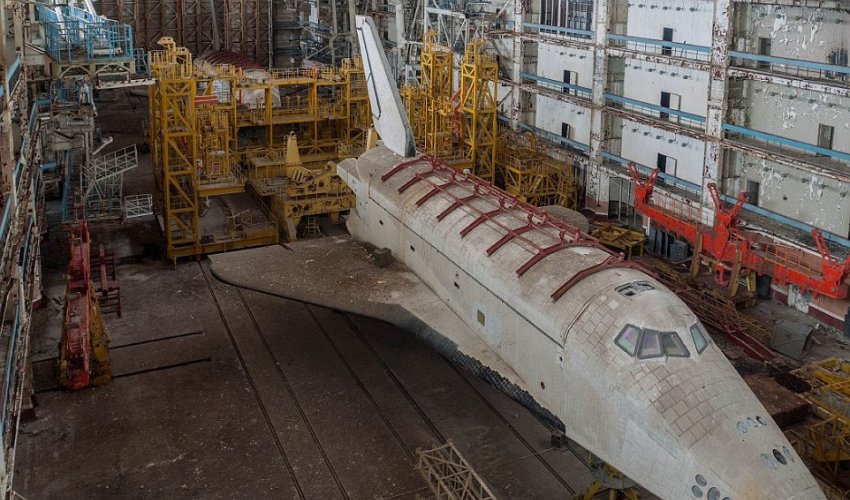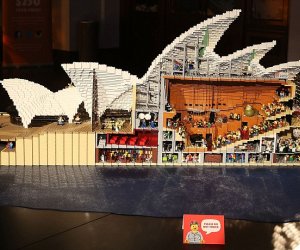Russia’s forgotten space agency

In the 1980s, a little-known chapter in the space race took place when the Soviet Union attempted to build their own version of Nasa’s Space Shuttle.
But despite a successful unmanned orbital test flight the Buran vehicles were soon scrapped amid rising budget cuts and left to rot in hangars.
One of the Soviet shuttles was destroyed when its hangar collapsed in 2002, but two other models remain intact and have been pictured in a stunning series of photographs.
The images were taken by photographer Ralph Mirebs in Baikonur, Kazakhstan, last week.
They reveal a large hangar - once a hub of activity but now left derelict - located near to the Baikonur Cosmodrome, which is still used to launch Soyuz rockets today.
At the base of the hangar are two unused Buran shuttles, named Burya and OK-MT.
Their similarity in appearance to Nasa’s Space Shuttles is not accidental - at the time, this was deemed to be the best way to create a vehicle that could travel to and from orbit, although some have also suggested espionage was at play.
The Buran shuttle was intended to be launched on the huge Energia booster, similar to the giant orange Space Transporation System used by the Space Shuttles.
Like the Space Shuttles, the Buran vehicles had engines located at the back, and two wings for a controlled landing back on Earth.
Development of the programme began in 1976, with the reusable spacecraft (although the booster was not) capable of performing operations in orbit before returning to Earth.
But after the one unmanned spaceflight in 1988, the programme was scrapped following the dissolution of the USSR in 1993.
This was despite several other models and test vehicles being built, some of which reside in museums today.
But these two shuttles in particular were simply left in the MKZ building at Baikonur Cosmodrome, with their basic structure still intact.
‘Over the years, the Baikonur Cosmodrome territory has tested many different spacecraft, the apex of which was the system Energia-Buran,’ Mr Mirebs explained on his website (in Russian).
‘But history has chosen its path and the project died in infancy.
This giant hangar was actually an assembly complex and, measuring 433ft (132 metres) long by 203ft (62 metres) in height, it is the largest building at the Baikonur Cosmodrome.
Huge sliding gates 138 by 118ft (42 by 36 metres) would have allowed the shuttles to have been rolled out to the Launchpad near far.
To protect the shuttles from a possible shockwave if a heavy launch vehicle exploded nearby, the structure was made of reinforced steel.
The room was also intended to be a ‘clean room’ devoid of dust when working on the orbiters, so the doors leading out of the central area could be sealed.
(dailymail.co.uk)






www.ann.az
Similar news
Similar news




































 Photo
Photo 



 Video
Video 

